Nepal was plunged into political turmoil on Tuesday after Prime Minister KP Sharma Oli resigned amid violent anti-corruption protests led by young demonstrators. The resignation came after two days of unrest in Kathmandu and other cities that left at least 19 people dead and over 400 injured.
Visuals showed Oli leaving the capital in a military helicopter shortly before his office confirmed his exit. His resignation was the primary demand of “Gen Z protesters,” who have mobilised in large numbers against corruption and nepotism in government ranks.
However, Oli’s departure does not automatically mean the government has collapsed. In Nepal, the Prime Minister heads the executive, but the President—currently Ram Chandra Poudel—remains the formal head of state. Sources indicated it is “only a matter of time” before Poudel also steps down, raising the prospect of a full governmental breakdown.
Reports suggest the Nepal Army may temporarily assume control until stability is restored and a new administration is formed. Such a scenario would echo the crises in Sri Lanka (2022) and Bangladesh (2024), where anti-corruption protests forced out sitting governments and triggered military involvement.
The protests began after Oli’s government imposed a ban on social media platforms, including Facebook, X, and YouTube. Demonstrators denounced the move as an attempt to silence dissent, chanting slogans like “Stop corruption, not social media.” Though the ban was later revoked, public anger over alleged corruption and nepotism only intensified.
On Monday and Tuesday, protesters stormed key government buildings, including Parliament and the private residences of Oli and Poudel, setting parts of them ablaze. Tribhuvan International Airport was shut down as violence engulfed Kathmandu, with streets filled with burning vehicles and barricades.
Placards reading “Shut down corruption, not social media” and hashtags such as #NepoBabies spread widely online, underscoring how digital mobilisation fueled the uprising.
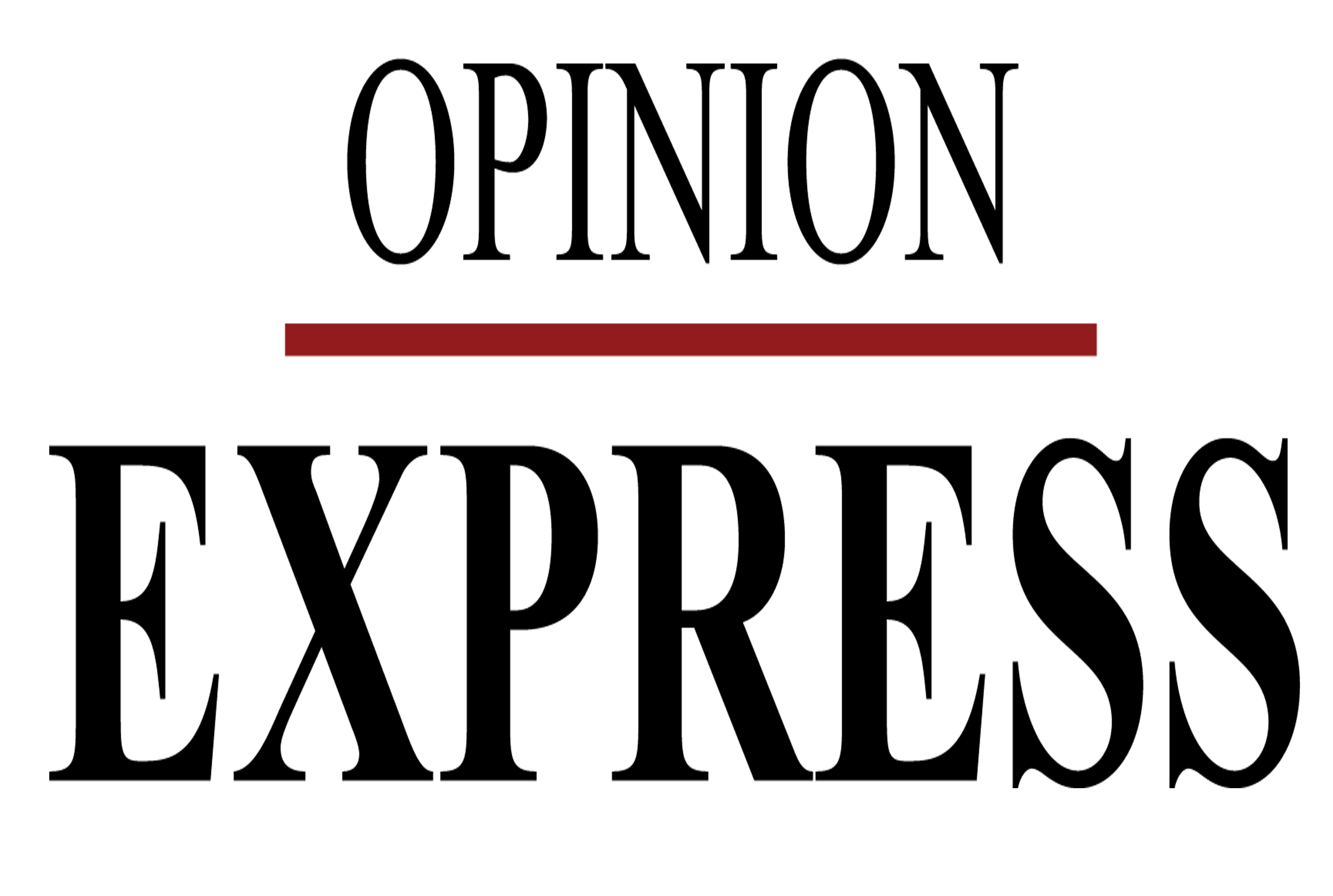






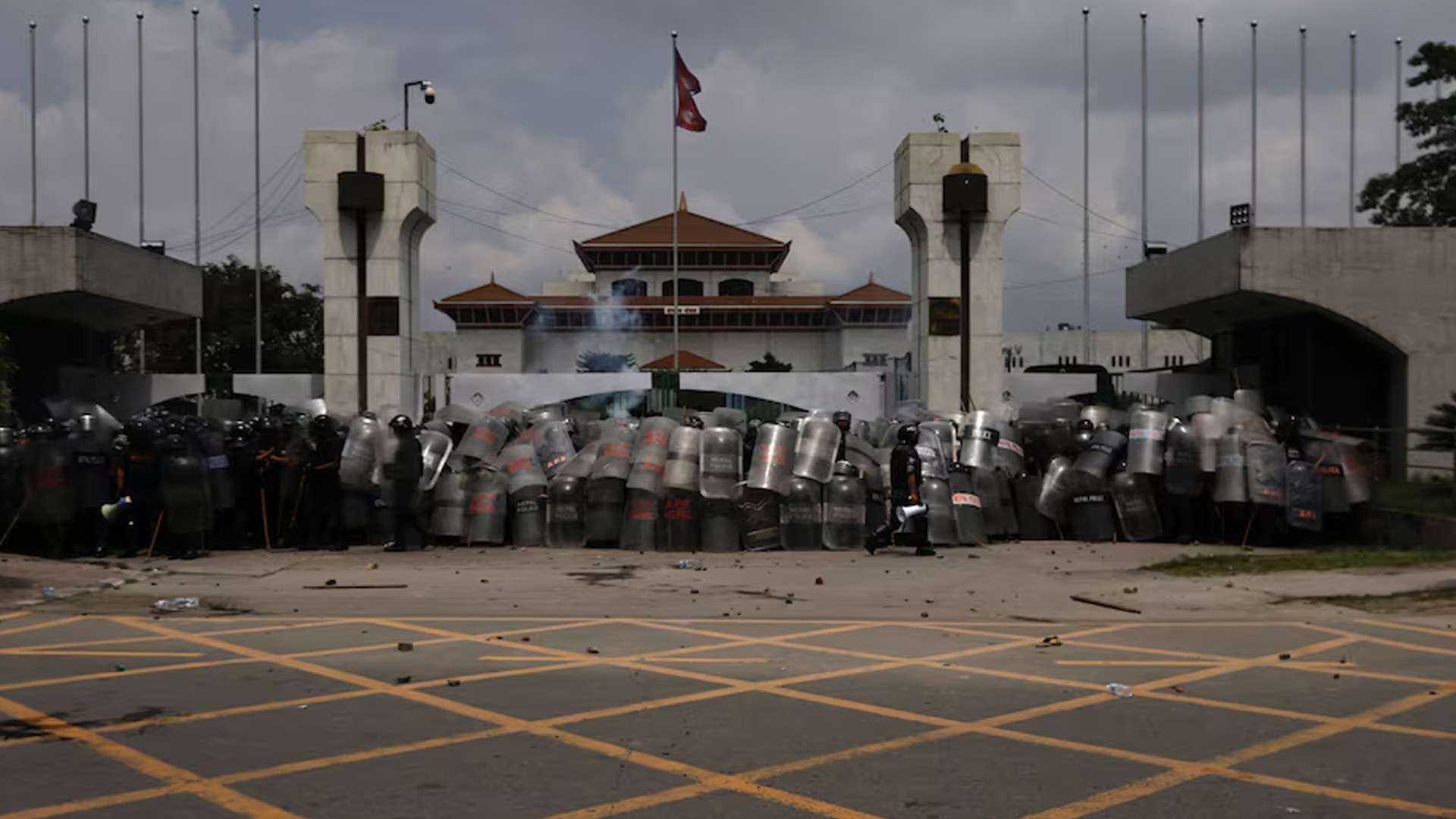
 OpinionExpress.In
OpinionExpress.In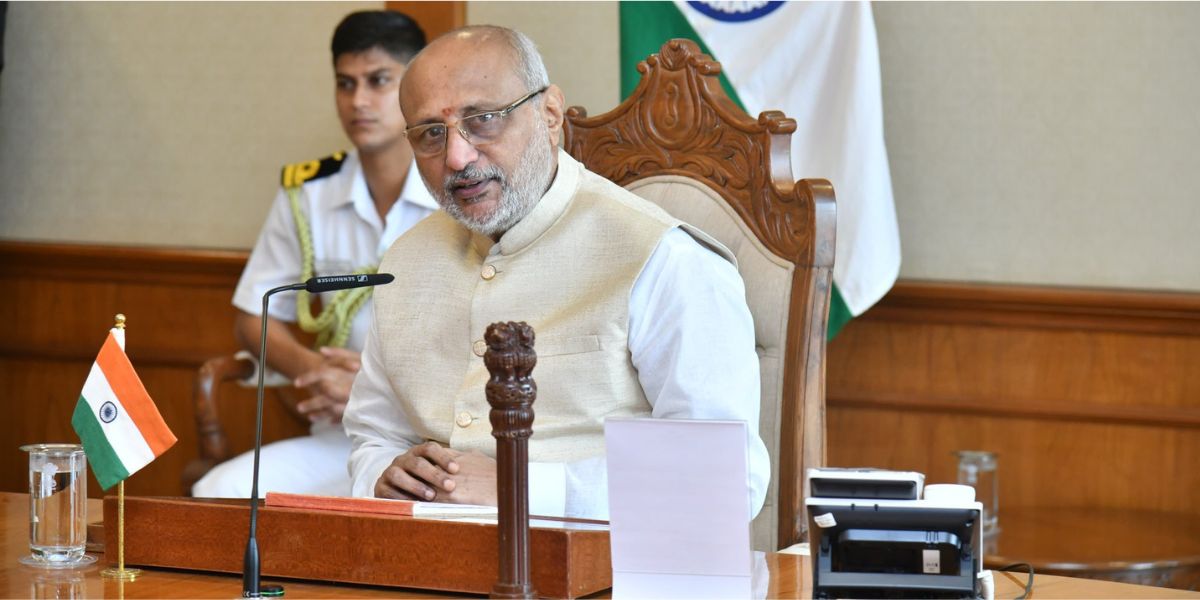

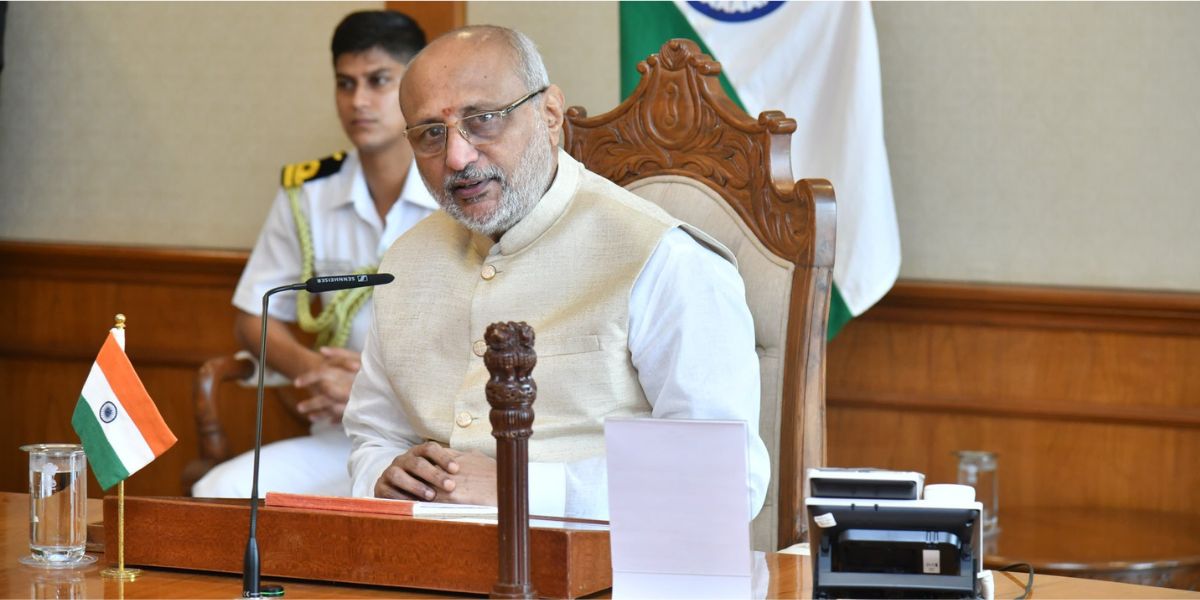
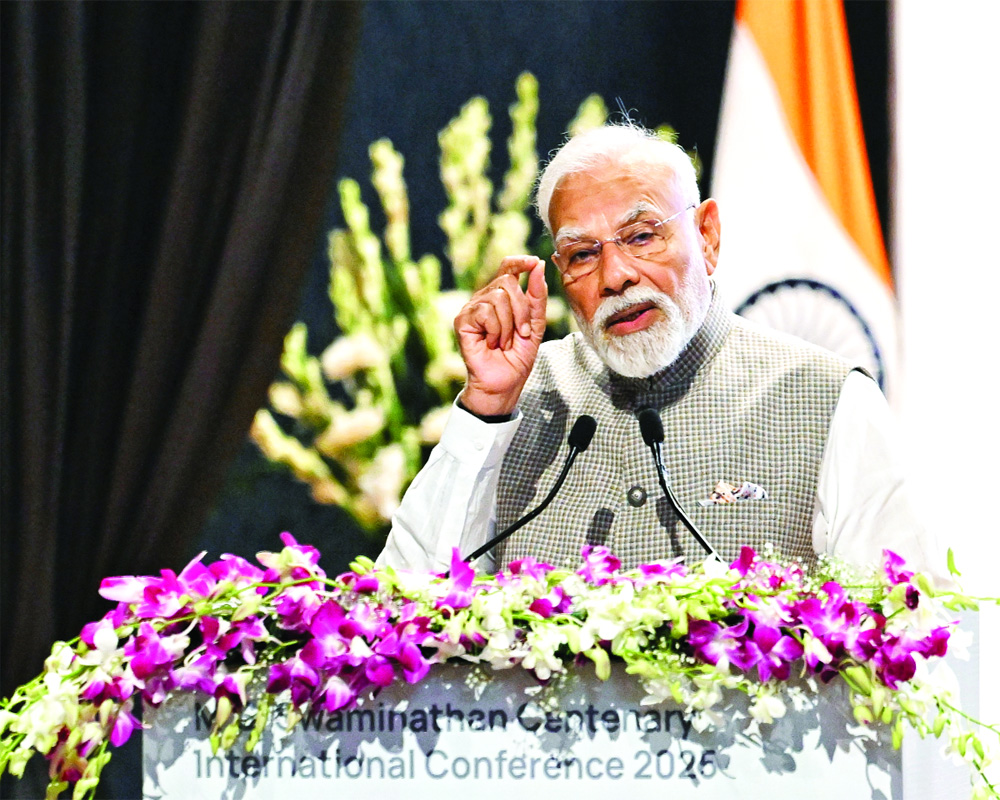
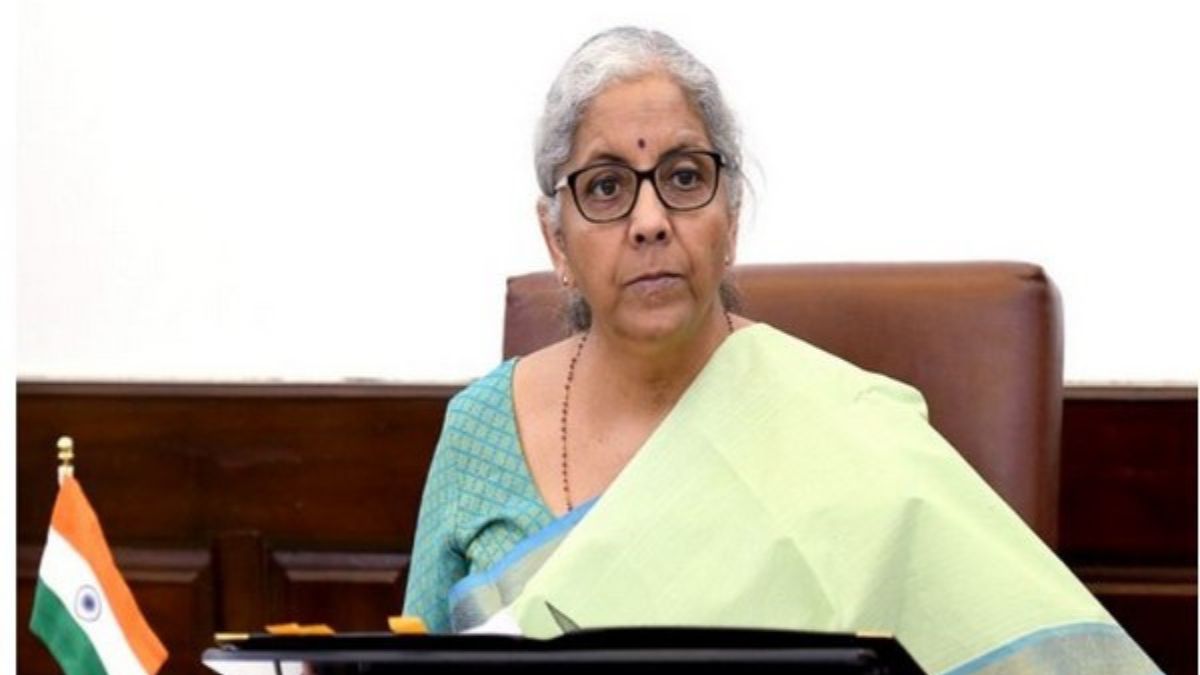
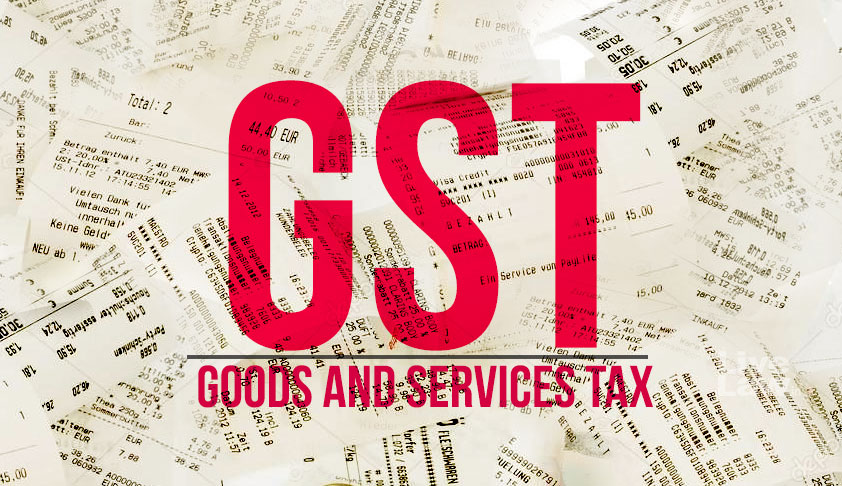
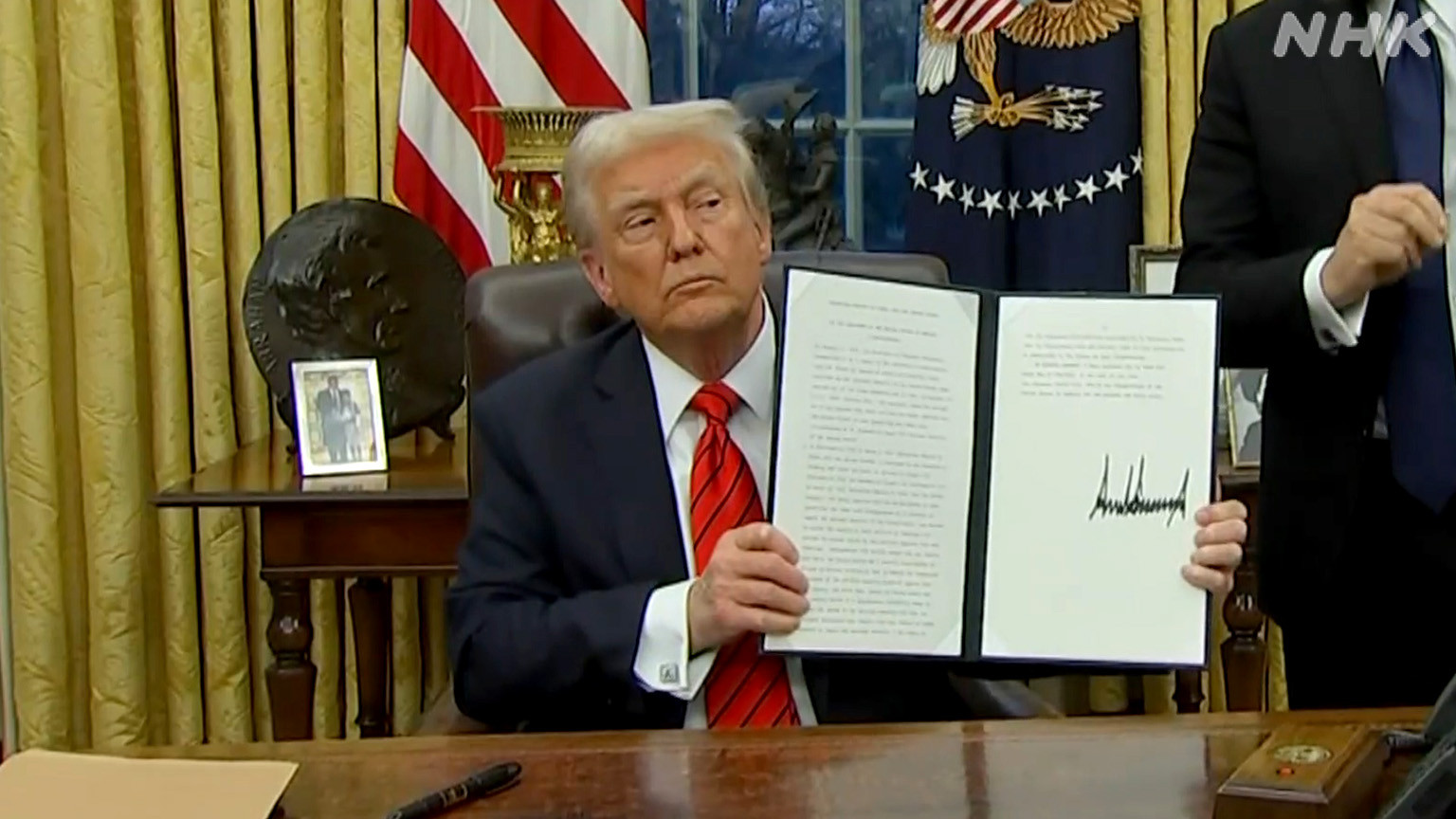
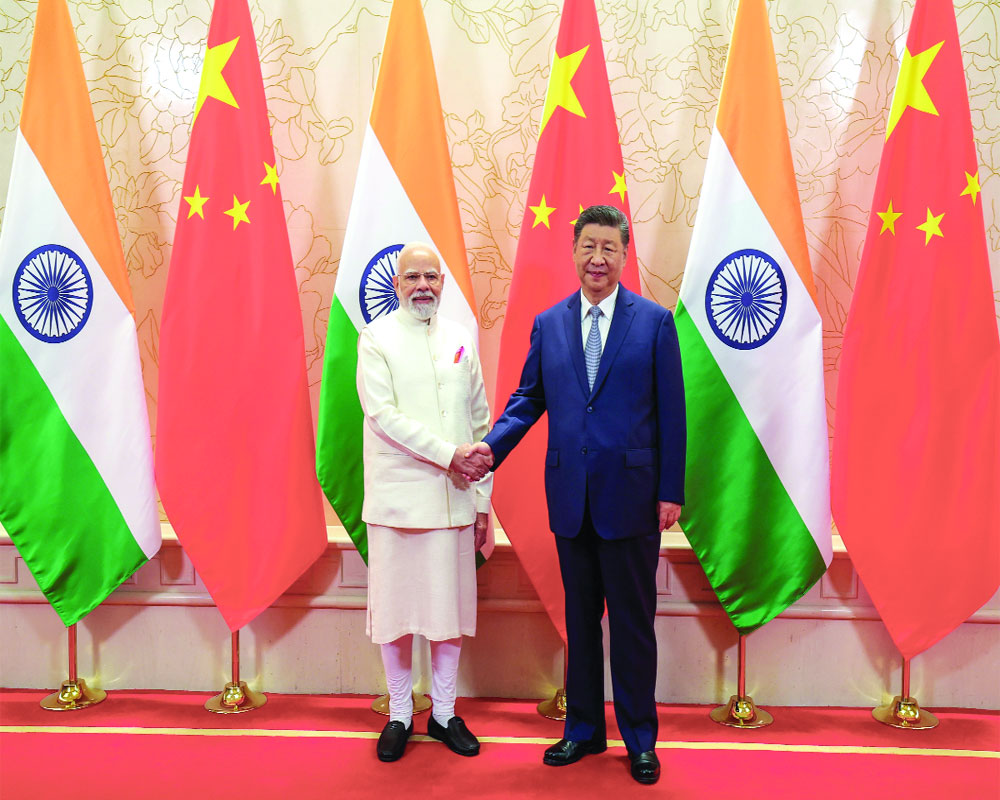
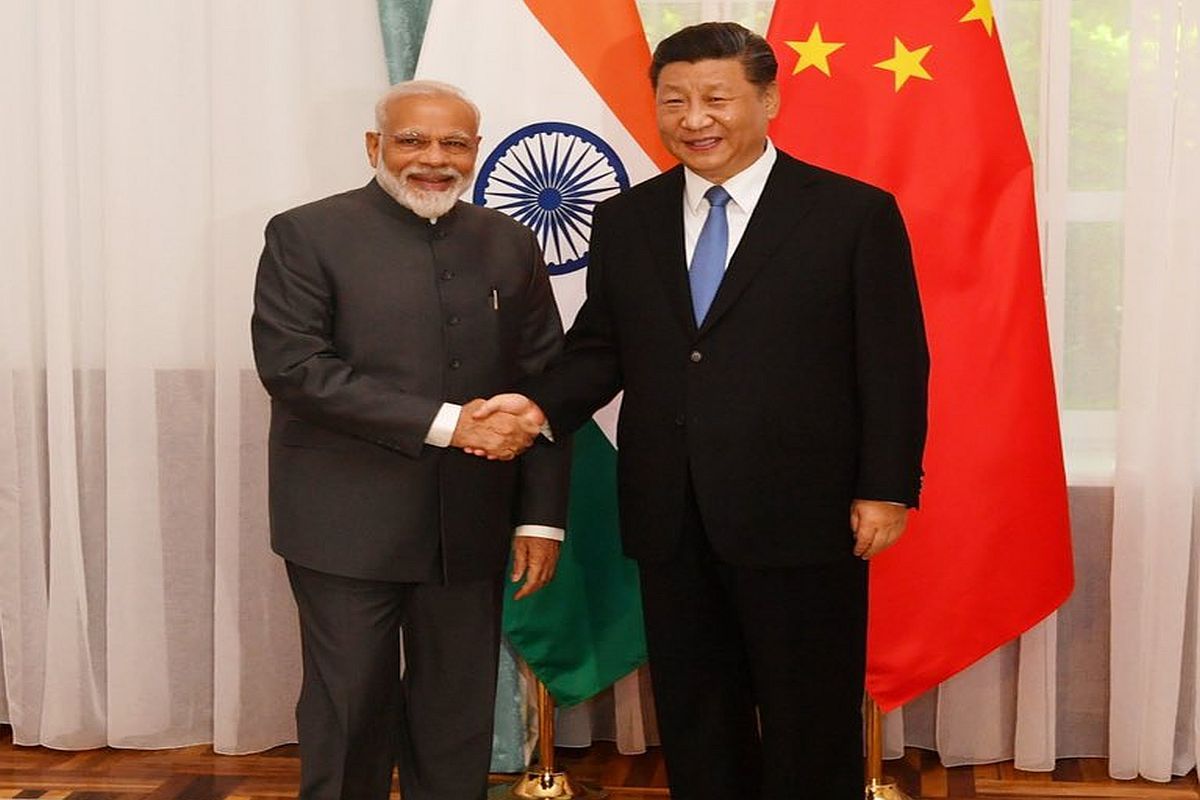




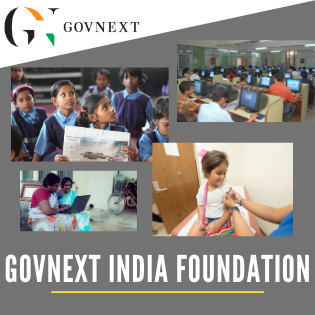

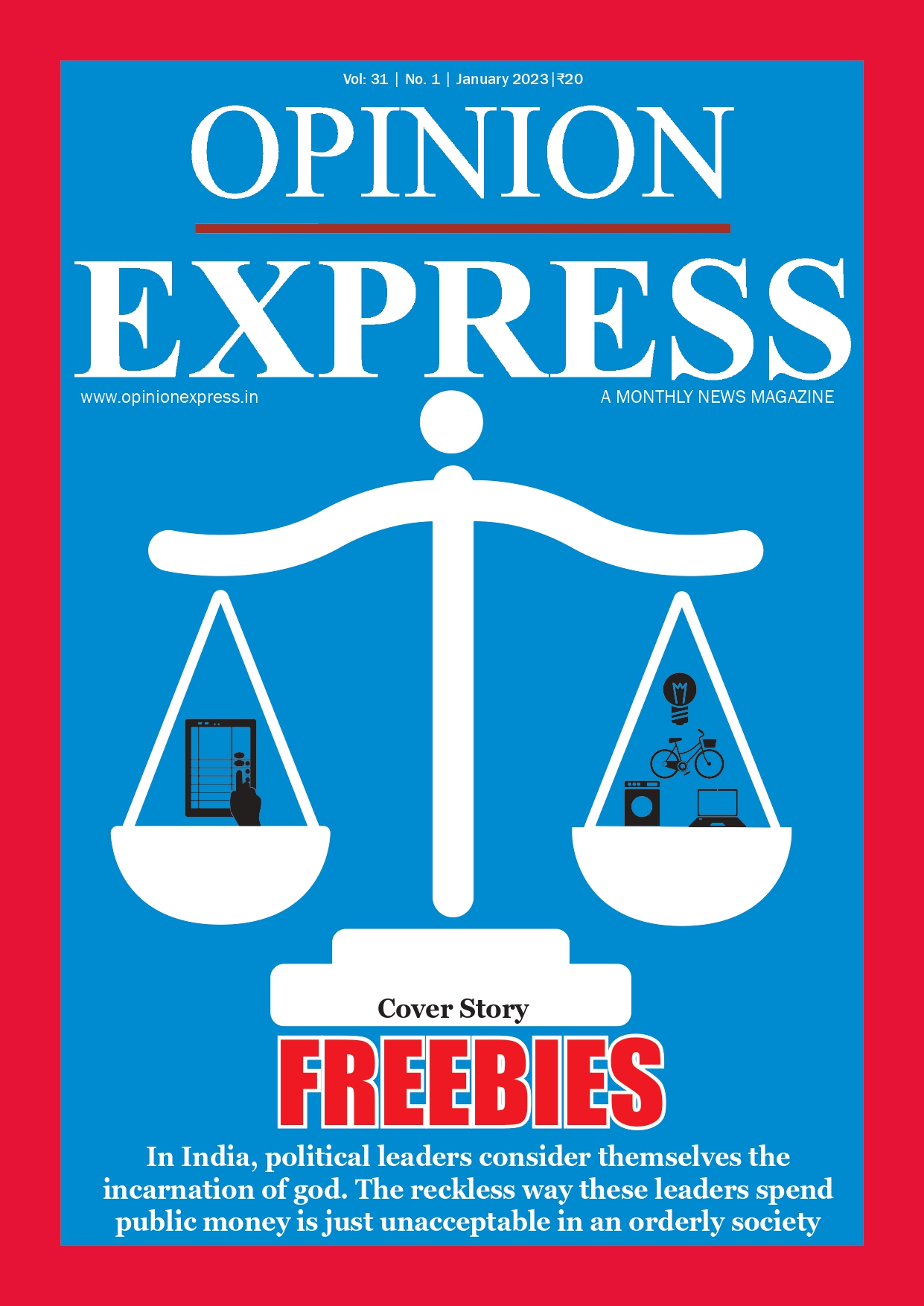
Comments (0)